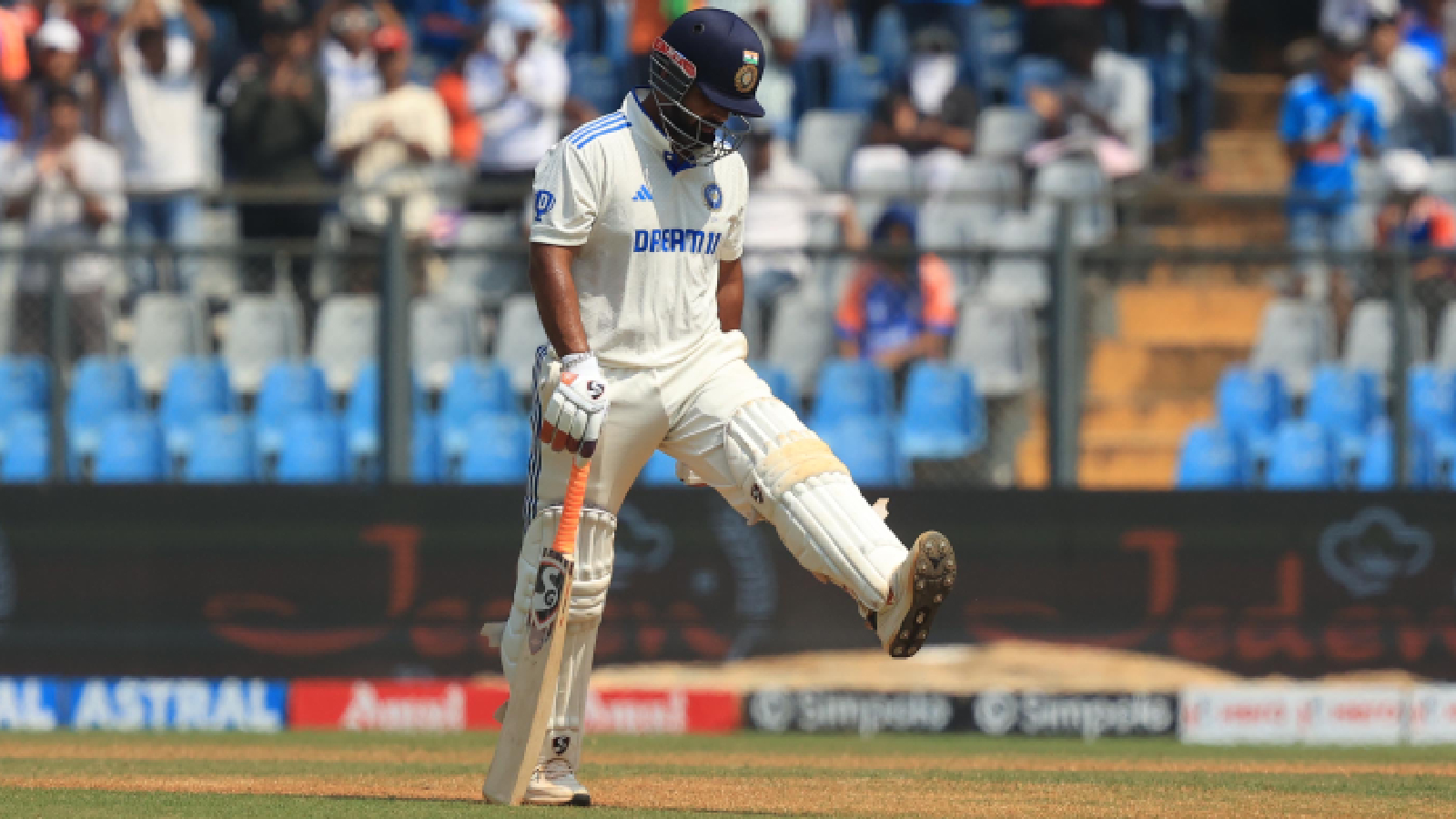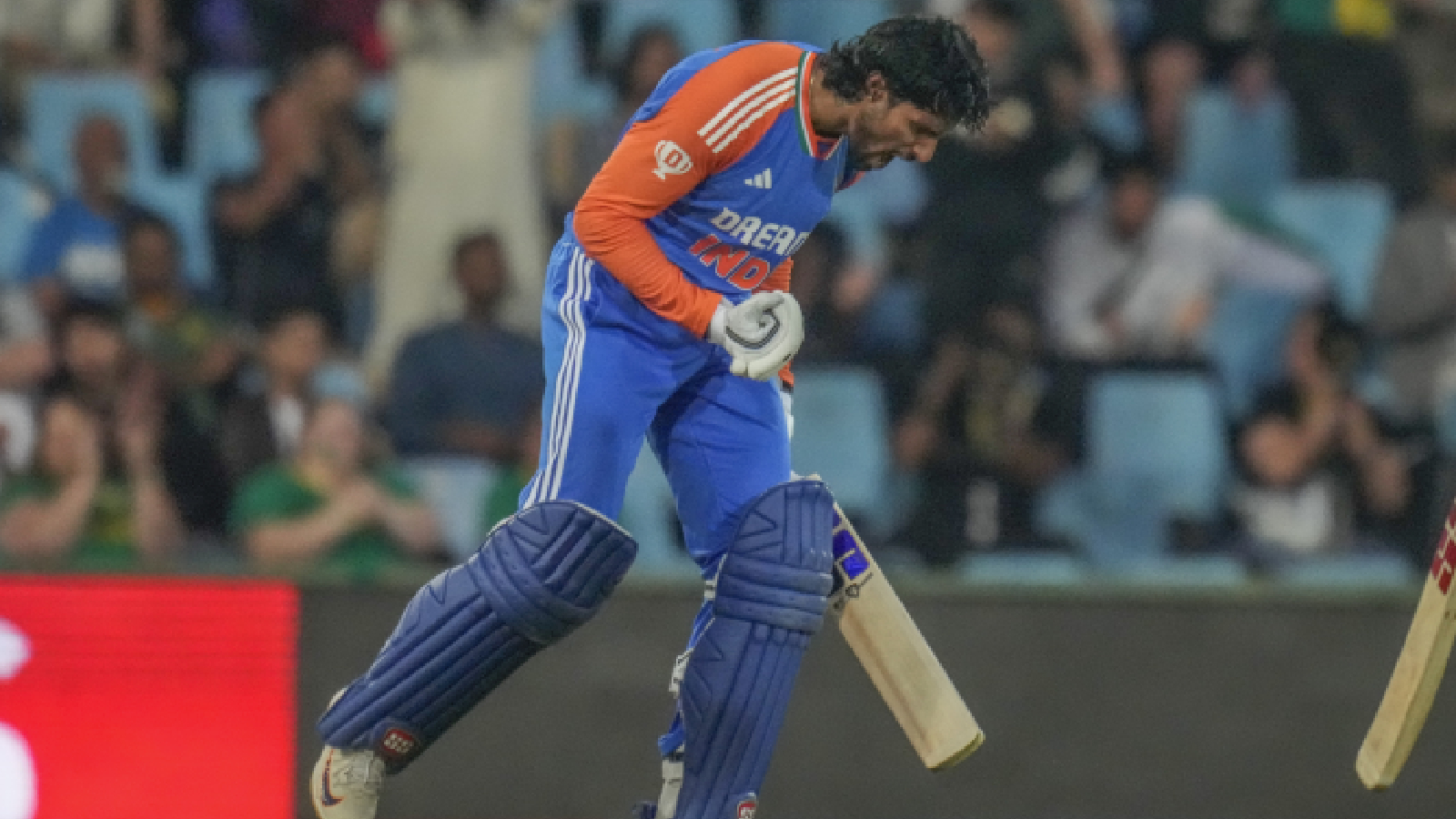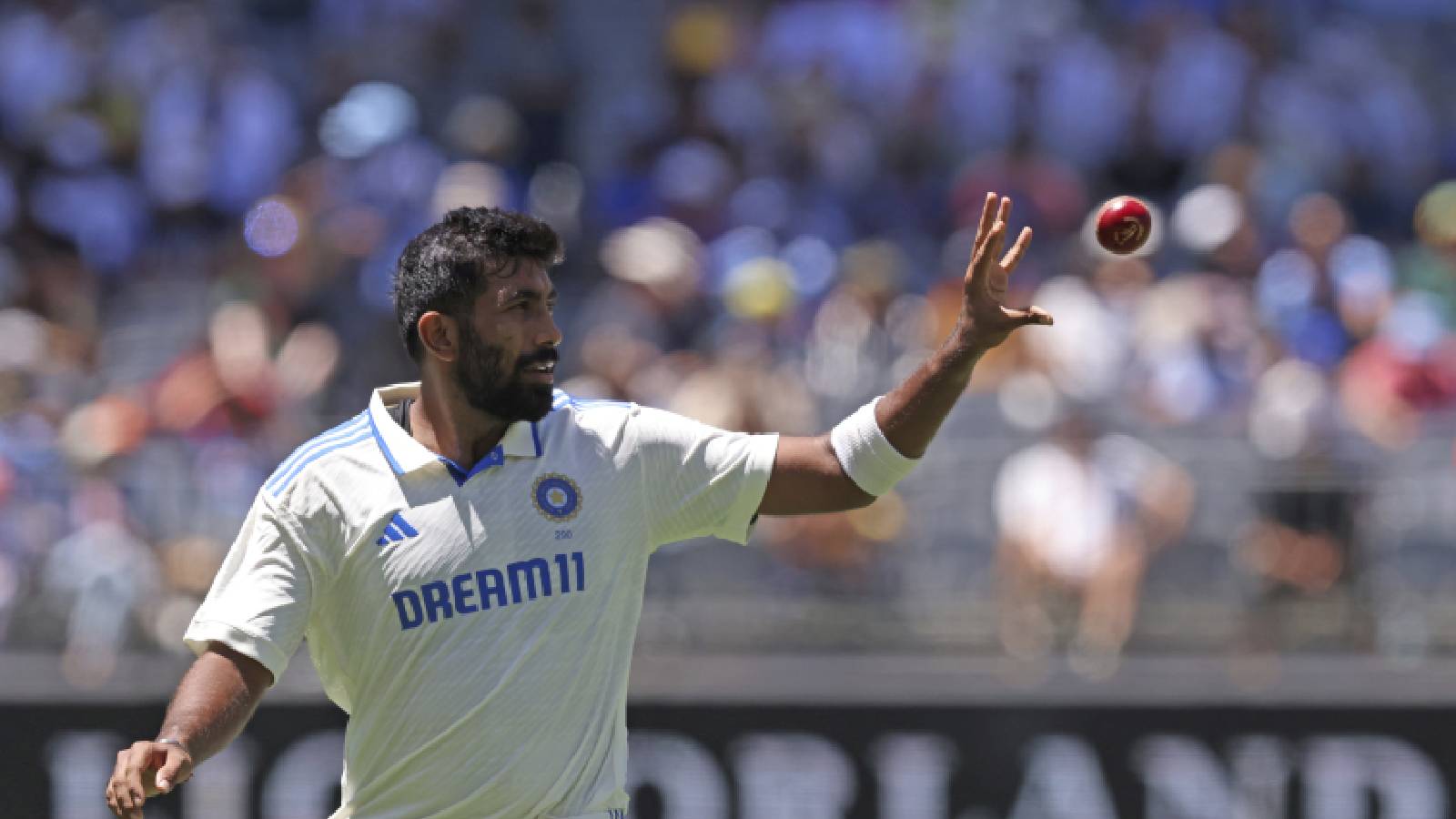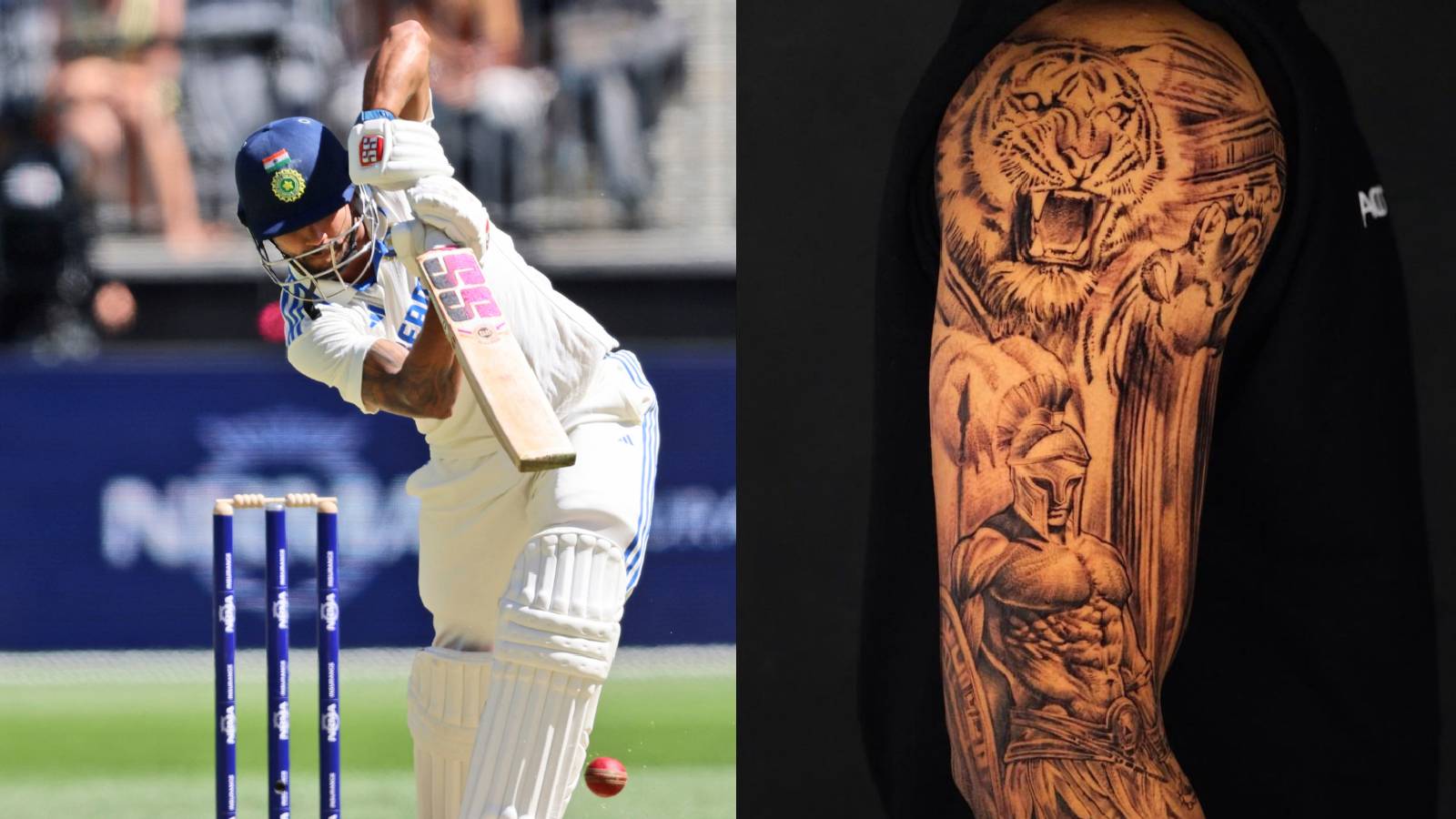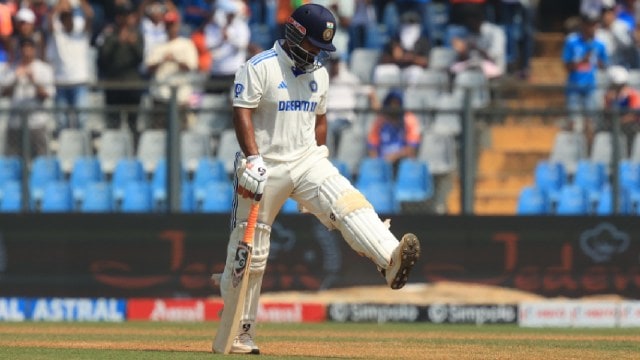
During India’s defeat to New Zealand in the third Test at the Wankhede Stadium on Sunday, Rishabh Pant’s dismissal had become a talking point. With the game in balance, Pant was ruled Out caught bat-pad with Decision Review System (DRS) overturning the onfield umpire’s Not Out call. The decision to adjudge him Out by the third umpire became a talking point as there wasn’t conclusive evidence available to overturn the onfield call.
While the snicko-meter picked up a spike when the ball was close to the bat, many argued it was because of the bat hitting the pad. As the third umpire was reviewing the footage, Pant was even arguing with the onfield umpires pointing to his pad. But he eventually had to go back for 64 and with that ended India’s hopes as they fell short by a mere 25 runs.
Many pointed out that having the absent Hotspot technology as part of DRS would have helped detect if the ball came in contact with the bat. And speaking on JioCinema, former India captain and coach Anil Kumble stated that the HotSpot is “not in use in India because it is a military technology.”
What is HotSpot?
Developed by French scientist Nicholas Bion it was supposed to help military forces in combat situations. The thermal imaging technology helped them detect tanks and jets. In dark conditions and when the field is engulfed by thick smoke, the technology allowed forces to detect movements.
Entry into cricket
Channel Nine in Australia, which has been a pioneer in introducing new technologies to the world of cricket, introduced Hotspot to cricket during the 2006-07 Ashes. Using the infrared camera, it helped determine which part of the batsman’s body or bat made contact with the ball, with HotSpot alerting to the specifics of which two objects caused friction on colliding. It was introduced to enrich the viewing experience but eventually found a place in DRS for matches Down Under. In time, even matches in South Africa, England and UAE (where Pakistan played) used HotSpot.
How does it work?
Two thermal imaging cameras are placed on either end behind the bowler. The cameras help in capturing heat signatures that the ball generates when it comes into contact with a batsman’s body or bat or pad. The negative image will then highlight the point of contact. So, a HotSpot would have determined if the edge came off the bat or the snicko spiked when bat collided with pad.
How accurate is it?
Like all technologies in cricket, even Hotspot has brought a fair share of controversies. During India’s 2011 tour of England, former England captain Michael Vaughan kicked-off a storm by tweeting “Has Vaseline on the outside edge saved the day for (VVS) Laxman?” Even the inventor of the tool Warren Brennan raised concerns that coatings on bat could be detrimental to the efficiency of HotSpot.
Is it used worldwide?
No. Although Kumble mentioned that military technology could be a reason why it is not used in India, those in the broadcast field and in the BCCI say Hotspot operating costs are expensive. Moreover one broadcaster told The Indian Express that HotSpot is not 100 per cent accurate and its usage is very limited as snicko meter picks the edges. “And add to it there are only four-five HotSpot kits that are available and it costs a lot to use (It costs around $10,000 per day), a reason why most of the broadcasters around the world don’t use it. Sky Sports and SuperSports have also stopped using the technology.”
Interestingly, even the International Cricket Council has never included HotSpot as part of their DRS technology in any of their events.
I’m Manas Ranjan Sahoo: Founder of “Webtirety Software”. I’m a Full-time Software Professional and an aspiring entrepreneur, dedicated to growing this platform as large as possible. I love to Write Blogs on Software, Mobile applications, Web Technology, eCommerce, SEO, and about My experience with Life.


